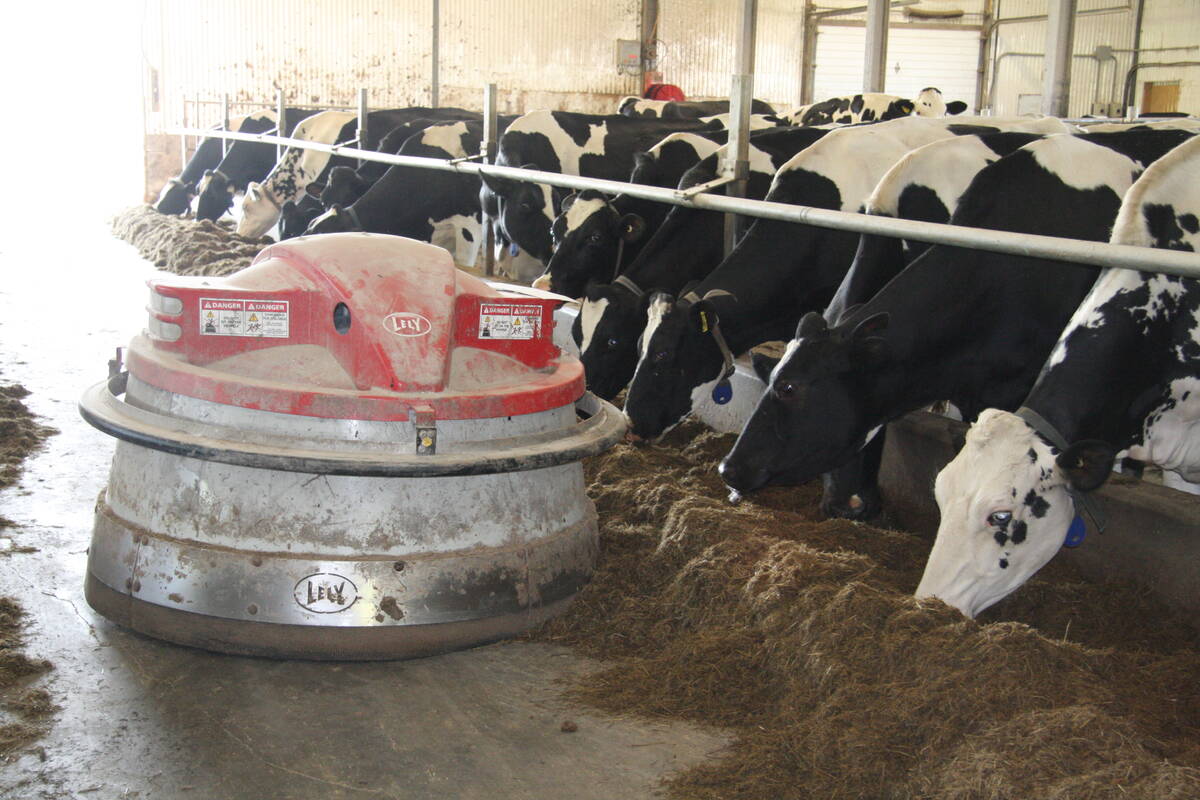SAN ANTONIO, Texas — Another two years might pass before any substantial changes are seen in the U.S. beef grading system.
“We feel very strongly that the grading system is important in the marketing of cattle and beef and extensive industry consensus is needed to change it dramatically,” said Lawrence Yates of the U.S. Agriculture Marketing Service.
He talked about the reasons for change at the National Cattlemen’s Beef Association convention in San Antonio in February.
There is general agreement that instrument grading needs to be considered and that yield grades need new analysis. Procedures are in place for changes but require considerable research and data.
Read Also

Partnerships, communication key to disease management
Communication and strong, trusted partnerships are key to managing infectious diseases like Foot and Mouth Disease and HPAI.
“Many standards were formulated in the ’60s, and clearly cattle have changed in that 50 year time frame,” he said.
The five yield grade classes in the United States includes fat thickness, kidney, pelvic and heart fat, hot carcass weight and rib eye area.
Research from Texas A & M University questioned the appropriateness of current yield grade equations, especially when based on the information from the rib eye area.
Deviation occurs in a carcass, and cattle are often graded as fatter than they really are.















